Top Accessible Travel Destinations
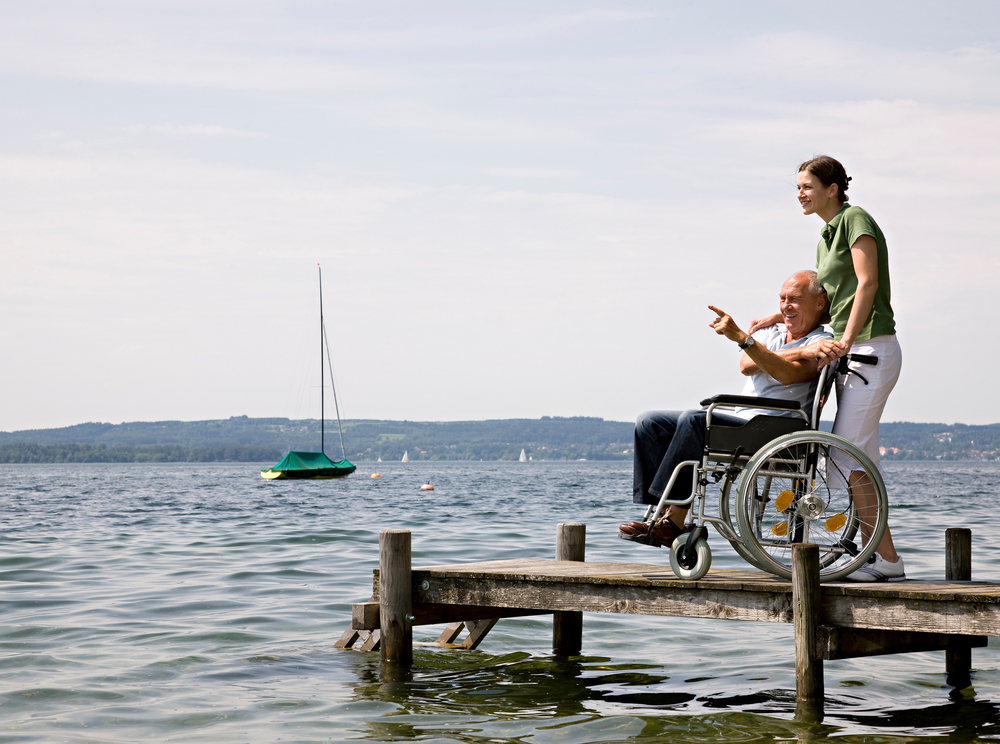
Planning a trip when you use a wheelchair or need extra support can be nerve-wracking, from uncertain lodging to lack of reliable transportation. I’ve felt that sinking feeling of booking a third-floor room with no elevator, or stepping off a bus that promised accessibility then didn’t live up to it. Travel should be an adventure, not a string of obstacles. I’ve discovered places that offer accessible rooms, trained staff, and simpler ways to get around—so exploring the world becomes enjoyable instead of frustrating. It’s liberating, and I can’t wait to show just how possible it can be.
Have you ever wondered if exploring faraway places could still be an adventure when you have mobility challenges? It’s a question I used to ask myself all the time. Then I started seeing more destinations popping up that genuinely care about making travel simpler for those of us who use wheelchairs or need extra support. Getting out into the world wasn’t just easier—it was incredibly rewarding.
Recognizing the Challenge
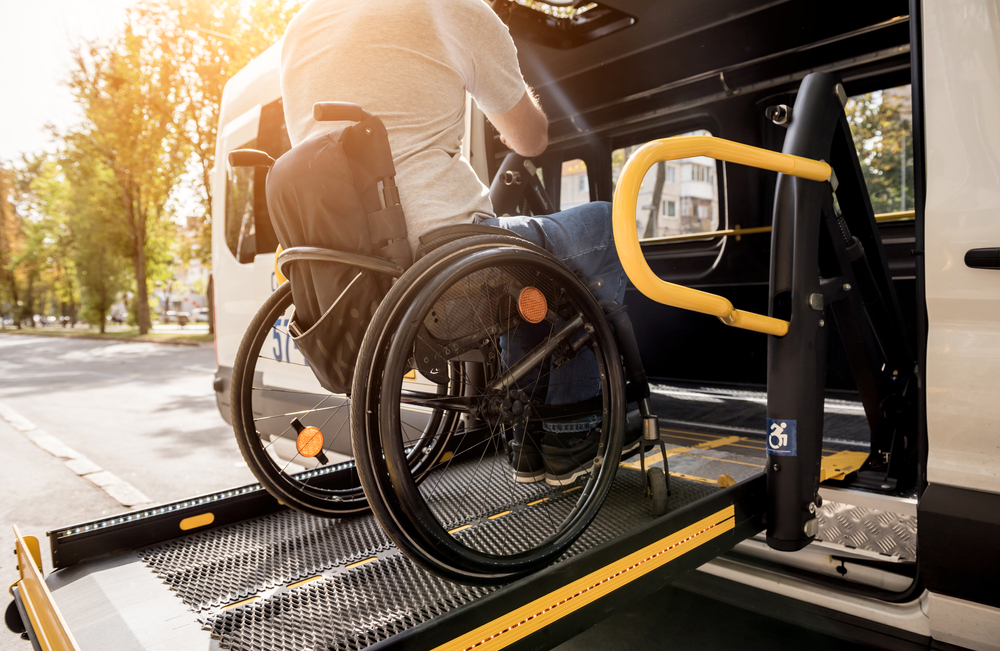
Planning a trip can be a headache when every step of the way feels uncertain. Is the hotel easy to move around in? Are there reliable transportation options that accommodate different needs? Will local restaurants have enough space or ramps? According to the Open Doors Organization, travelers with disabilities spent over $17 billion on trips in the U.S. recently, showing how important it is for places to adapt. Yet, there are still barriers out there.
Real-life example? Trying to book a room on the third floor with no elevator. Or showing up at a so-called accessible bus station, only to find missing ramps. Moments like these can quickly chip away at the excitement of traveling. But here’s the good news: it doesn’t have to be that way.
Offering a Better Way
I’ve seen places that really go the extra mile:
- Adapted Rooms: Hotel rooms featuring roll-in showers, adjustable beds, and grab bars.
- Trained Staff: Employees who know exactly how to assist, from checking in to booking excursions.
- Accessible Transportation: Taxis, buses, and rental vans with ramps or lifts, so getting around feels more like a breeze.
These aren’t luxurious add-ons. They’re essential features that help everyone enjoy a trip, without the stress.
Why Accessibility Matters
For me, it’s about more than ticking off a place on the travel map. It’s about truly soaking in different cultures, connecting with locals, and making heartwarming memories. When a destination welcomes guests with open arms—ramps, adapted tours, accessible public spaces—it transforms the whole experience. You stop worrying about “What if?” and start thinking, “What’s next?”
I’m glad to see more places understanding that accessibility isn’t just an option. It’s a must-have. Ready to explore the spots that are paving the way even more? Keep going, and you’ll see just how many countries are stepping up to the plate with inclusive laws and travel opportunities.
Top Countries With Accessible Laws

I’ve learned that where governments truly invest in accessibility, everything from daily commutes to leisurely strolls becomes less of a hassle. Places with well-thought-out policies and practices stand out, not because they simply cater to travelers with disabilities, but because they embrace the idea that everyone deserves to enjoy what their country offers.
“Life is either a daring adventure or nothing at all.” — Helen Keller
Sweden & Germany
From spacious elevators in Stockholm’s metro stations to Berlin’s accessible cabs, these countries show what happens when universal design takes center stage.
- Efficient Public Transport: Many stations include tactile floor paths, lifts, and ramps.
- Validated by Studies: According to the European Disability Forum, Sweden was among the first to implement large-scale accessible urban designs.
- Upgraded Hotels: It’s common to find rooms with wider entrances, lower light switches, and barrier-free bathrooms.
United States & Canada
I’ve had memorable road trips through these two powerhouses of accessibility. Whether it’s exploring national parks with wheelchair-friendly trails or staying in hotels that meet strict legal standards, life on the road can be more comfortable for all.
- ADA & CSA Standards: The Americans with Disabilities Act and Canadian Standards Association guidelines push hotels, restaurants, and landmarks to provide equitable facilities.
- Nature Access: Several well-known national parks offer paved paths and accessible shuttle services.
- City Adventures: Taxis with ramps, spacious sidewalks, and braille signs make urban exploring smoother.
Australia & Japan
Sometimes surprises come from faraway corners of the globe. Australia and Japan consistently invest in inclusive infrastructure, ensuring you aren’t missing out on any bucket-list activities.
- Aussie Public Spaces: Beaches with matting for wheelchairs, accessible lifts at ferry terminals, and walkways in popular areas.
- Japan’s Tech Edge: High-tech toilets, tactile paving, and dedicated staff training reflect a genuine commitment to ensuring people feel at ease.
- Peace of Mind: From booking train tickets to grabbing a meal, there’s often a process in place designed to minimize physical barriers.
Have you ever wondered which emerging destination is setting new standards in accessible travel experiences? Stay with me—I’m excited to reveal a spot that might surprise you. It’s a place where laws and everyday culture align to make each moment more enjoyable for travelers of all abilities.
Costa Rica: A Rising Accessible Star

I’ve come across many places that try to be inclusive, but Costa Rica stands out as one of the best. The country has actively embraced accessible travel, making it easier to explore tropical beauty without worrying about physical barriers. It’s not every day you find a destination that puts as much effort into offering leveled pathways, accessible restrooms, and informed tour guides who genuinely care about making your trip seamless.
“Every corner of the world has something to offer, and everyone deserves a chance to see it.”
Nature at Your Fingertips
Costa Rica’s spellbinding landscapes are within reach, thanks to ramps and guided tours that cater to visitors with mobility challenges. One local tour provider I talked to shared that they’ve added special platforms near popular spots like the Arenal Volcano, so those with wheelchairs can feel the thrill of standing right in front of a picturesque crater. Beaches such as Manuel Antonio often feature boardwalks and accessible entrances, so rolling near the shore and feeling the ocean breeze becomes a pleasant reality.
- Accessible Trails: National parks like Poás Volcano offer paved paths for safer exploration.
- Beach Access: Manuel Antonio’s guided tours often provide support services, wheelchairs, and staff training.
- Adaptive Activities: Several surfing schools offer specialized lessons using adaptive gear, proving catching a wave is for everyone.
Strong Legal Framework
The commitment isn’t just a friendly promise—Costa Rica has enforced regulations to ensure inclusive travel is the norm. Local accessibility laws encourage hotels, transportation, and restaurants to offer easy entry and helpful amenities. It’s refreshing to see how these rules empower adventurous travelers of all abilities.
Some studies even highlight Costa Rica’s steady rise in popularity—booking sites report a noticeable increase in vacationers seeking barrier-free experiences here. That’s because the legal backing doesn’t just scratch the surface; it spans everything from wheelchair-accessible hotel rooms to well-trained staff who understand the importance of empathy.
Why People Keep Asking About It
There’s a good reason folks often say, “Where is the best place to travel if you are disabled?” and point straight to Costa Rica. It’s an all-in-one package: a warm climate, jaw-dropping landscapes, and an inclusive culture that refuses to leave anyone behind. The experiences here go beyond scenic tours; they’re about feeling genuinely welcomed in every sense.
Want to hear about other unforgettable places that roll out the welcome mat just as graciously? I have plenty more to share—get ready for ideas that might spark your next journey.
Wheelchair-Friendly Vacation Ideas
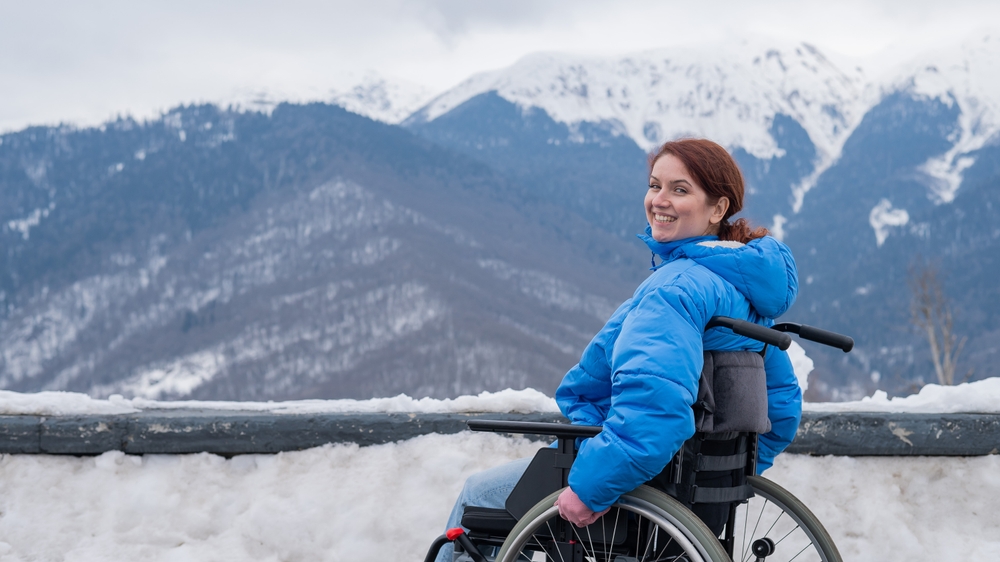
Sometimes, the environment itself can feel like a gentle hand guiding you through your journey. That’s how I see certain places designed to accommodate wheelchair users without missing out on any fun. I’ve tried out a few and heard countless stories from fellow travelers, and I’m excited to share them.
“Accessibility is the most beautiful welcome mat we can offer another person.”
Hawaii’s Beaches
Sun, sand, and a universally loved coastline—Hawaii’s beaches often provide specialized beach wheelchairs to help you glide through the surf. What could be better than rolling up to the water instead of watching it from a distance?
- Beach Mats: Some popular spots install non-slip mats for a more stable surface.
- Hotel Adaptations: Plenty of beachfront resorts have ramps leading directly to the sand.
- Local Support: Community groups often organize accessible snorkeling tours, adding an extra level of fun.
Studies show that Hawaii continues to update its beach facilities, and many visitors with mobility devices find these efforts game-changing.
Alaska’s Adventures
Rugged landscapes might sound intimidating, yet places like Alaska prove that adventure can be accessible. I remember hearing about a traveler who boarded an accessible cruise to marvel at towering glaciers—no steep stairs or awkward lifts in sight.
- Glacier Tours: Some companies offer roomy vessels with wide doorways.
- Adapted Trails: Paved walkways around certain parks let you roll up close to wildlife viewing areas.
- Community Spirit: Many guides are trained to assist, ensuring anyone can savor the exhilarating scenery.
Whether you’re gazing at moose or glaciers, you’ll see that what sounds like a frontier can feel very comfortable when designed with accessibility in mind.
U.S. National Parks
America’s most beloved natural treasures aren’t just for intrepid hikers. More and more national parks now feature barrier-free trails and lookout points to welcome everyone with open arms.
- Paved Viewpoints: Breathtaking canyon vistas without steep climbs or rocky pathways.
- Accessible Campgrounds: Some parks have level campsites, raised fire pits, and restrooms with wide entrances.
- Ranger Programs: Educational tours often come with wheel-friendly routes and staff eager to help.
There’s something special about feeling the mist of a waterfall without worrying about how to get there—these parks make it possible.
Ever wondered why certain places go above and beyond with accessible features while others lag behind? Hold that thought for what’s next. Trust me, there’s a reason some destinations stand out, and it might just change how you plan your travels forever.
Why Some Destinations Excel in Accessibility
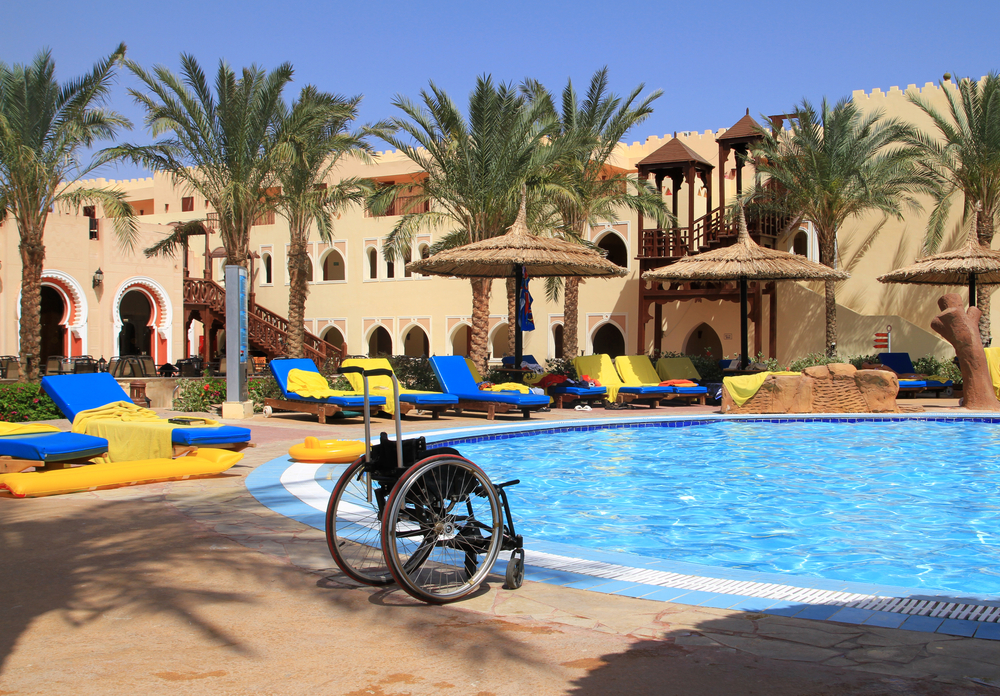
I’ve noticed that certain places stand out for making travelers with mobility needs feel genuinely at ease. It’s not by chance; there are specific reasons why some cities or resorts earn high praise for accessibility while others lag behind.
“Travel is for everyone, and that means each of us deserves the chance to enjoy it fully.”
Infrastructure Matters
When a destination invests in ramps, wide corridors, thoughtfully placed elevators, and accessible restrooms, it transforms the entire travel experience. I’ve seen airports with designated waiting areas for wheelchair users, as well as hotels that have rooms with roll-in showers and lowered countertops. Research by the World Tourism Organization highlights how such simple design features dramatically improve comfort — not only for people with disabilities but also for seniors and families with strollers.
- Ramps & Pathways: Think of major theme parks that include ramp-laden sidewalks, which create a more relaxed environment for everyone.
- Multi-Sensory Elements: From tactile maps to audio signage, these features help different visitors feel confident in getting around.
- Adapted Vehicles: Some cities feature buses and trains with adjustable platforms, making public transportation a smooth ride.
Cultural Awareness
While building design is crucial, a welcoming vibe from staff and locals is just as important. When I traveled to a popular beach town known for inclusive practices, I noticed how quick the hotel staff was to offer help without making anyone feel singled out. That sense of hospitality often comes from training initiatives that teach employees the best ways to assist. Studies show that positive interactions boost travelers’ overall satisfaction and encourage them to return.
Clear Information
I’ve also found that destinations leading the accessibility charge usually provide transparent details on their websites. They list the types of equipment available, whether parking spots are actually near ramps, and if there’s any construction in progress. Knowing these specifics ahead of time removes a lot of stress, especially when you’re charting out day trips.
Is it possible to go even further? I can’t wait to share how other places are pushing for an even more welcoming travel environment. Ever wonder where you’ll find some of Europe’s most forward-thinking design? Stay with me — you might be surprised by what comes next.
Europe’s Accessibility Grows: Spain, Denmark & More
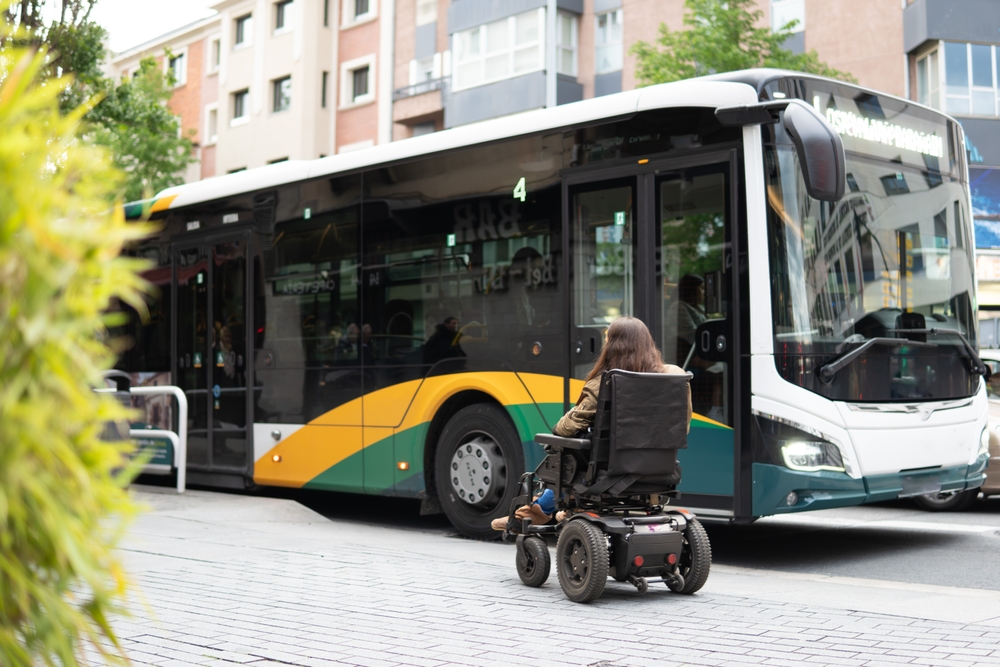
I’ve always felt a special spark whenever I explore European destinations that truly invest in accessibility. There’s something heartwarming about landing in a place that’s structured to ease life for everyone. Whether it’s a beach boardwalk or a historic site with zero-step entrances, it all feels more welcoming. As one champion of inclusivity once said:
“Accessibility is not a privilege; it’s a right.”
Below are some favorites that capture Europe’s inclusive spirit, along with a few notes on what makes them stand out.
Spain
Many of Spain’s major cities have accessible trains and buses, so you can get around without too much trouble. For those who love the seaside, some beaches even feature boardwalks and ramps that lead right into the sand. It’s no wonder Spain remains a top pick when people look for easy-going escapes. In fact, local tourism boards often collaborate with community groups to update facilities, so visitors keep coming back.
Denmark
Denmark continues to impress with its user-friendly designs—think lowered curbs, wide walkways, and buildings that embrace a simple, functional style. If you ever visit Copenhagen, you might notice how well city planners prioritize pedestrians and wheelchair users. This thoughtful approach means a day out grabbing coffee or riding public transport can be more relaxed, just like home.
Germany
Germany stands out with a strong commitment to “barrier-free” travel. From the train networks that integrate ramp access at stations to popular tourist sites with accessible restrooms, it’s clear a lot of attention goes into making journeys smoother. According to some European tourism studies, Germany often ranks high for efforts in removing physical obstacles. It’s a testament to policies that encourage everyone to discover cultural gems without a second thought.
Curious about how to find even more tips for stress-free planning? I’m excited to share some of my favorite travel resources next—trust me, they can make all the difference. Are you ready to uncover them?
Resources for Planning
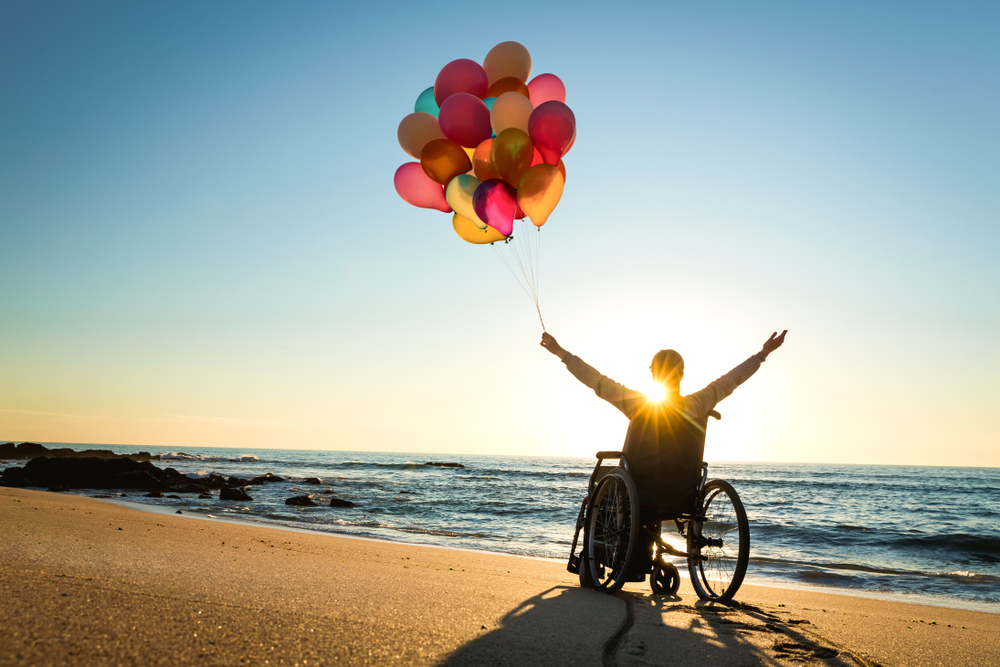
I’ve realized that when it comes to accessible travel, the right prep work can make all the difference. There are some fantastic online resources out there that I always turn to for trustworthy information. I’m going to share a few of my favorites below.
“Life is either a daring adventure or nothing at all.” – Helen Keller
Where to Find Reliable Info
Every time I’m mapping out a trip, I make sure to check specialized sites that focus on accessibility. Knowing what to expect before you set foot out the door eases a ton of stress.
- Seven Corners Blog – I’ve found great articles on accessible destinations and travel insurance tips here.
- Wheel The World Blog – In-depth insights from travelers who’ve actually been there, done that. Perfect for first-hand advice.
- Disabled Accessible Travel – Country-specific details that go beyond just listing ramps. It’s like having a personal guide that’s done all the serious research.
Connecting with Locals & Fellow Travelers
One of the best things I’ve learned is that real-world feedback is gold. Local advisors and travelers with similar needs can tell you, for example, which restaurant actually has a fully accessible bathroom instead of just advertising it. Forums and social media groups let you ask questions, get pointers, and even book local guides who specialize in accessible tours.
I’ve seen people swap lifesaving tips—like discovering an off-the-beaten-path nature reserve with boardwalks and ramps, or remembering to pack certain medical gear well ahead of time. It’s the kind of insider info you just can’t get from a simple tourist brochure.
Thinking about how to transform all this planning into an unforgettable trip? I’ve got some personal strategies that I can’t wait to share. In the meantime, explore these resources, dream big, and stay curious. What if this is the year you finally embrace that trip you’ve been imagining all along?
Personal Tips for Traveling with a Disability
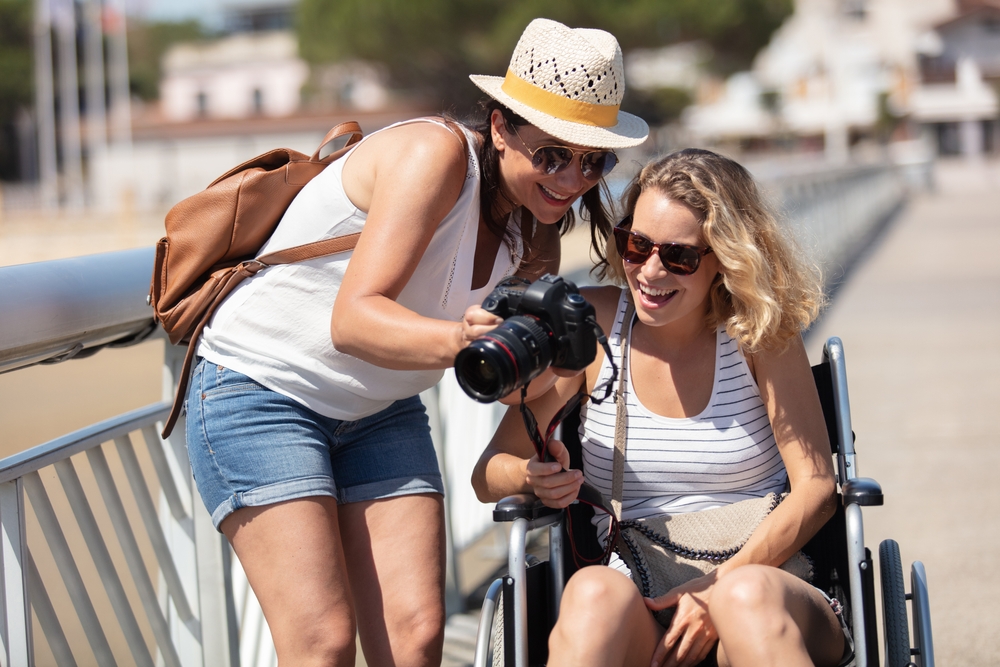
I’ve always believed that traveling with a disability should be more than just ticking a box. It’s about soaking up every experience—even if that means creating a travel plan with a few extra steps. Here are some practical ways I enhance my trips and keep the adventure going.
Do the Homework
Before I set out, I look for detailed info on accommodations, restaurants, and attractions. Some places proudly list ramps, elevators, and step-free paths. That little bit of research can save hours of frustration. If you’re not sure where to start, check out resources like Seven Corners, Wheel the World, or Disabled Accessible Travel for spot-on advice backed by real travelers.
Pack Smart
I never leave home without a carefully prepared kit. That includes:
- Essential medications: I bring more than I think I’ll need—in case of flight delays or lost luggage.
- Portable comfort items: Cushions, braces, or anything else that knocks out discomfort on the road.
- A paper copy of medical documents: If your phone battery dies, a physical backup might save the day.
It surprises me how being over-prepared can shave off so many potential headaches once I’m in a new place.
Embrace Flexibility
Even the best-laid plans can shift. Flights get canceled, or maybe that “accessible” venue has a broken lift. When something unexpected happens, I try to treat it as a chance to explore something new. Sometimes, I discover an amazing hidden landmark or a local hangout spot I’d have never found otherwise.
Curious about ways to adapt these tips to different countries or exotic destinations? You’ll soon see how all this fits together in unforgettable travel experiences—stay tuned to find out more.
Enjoy an Inclusive World
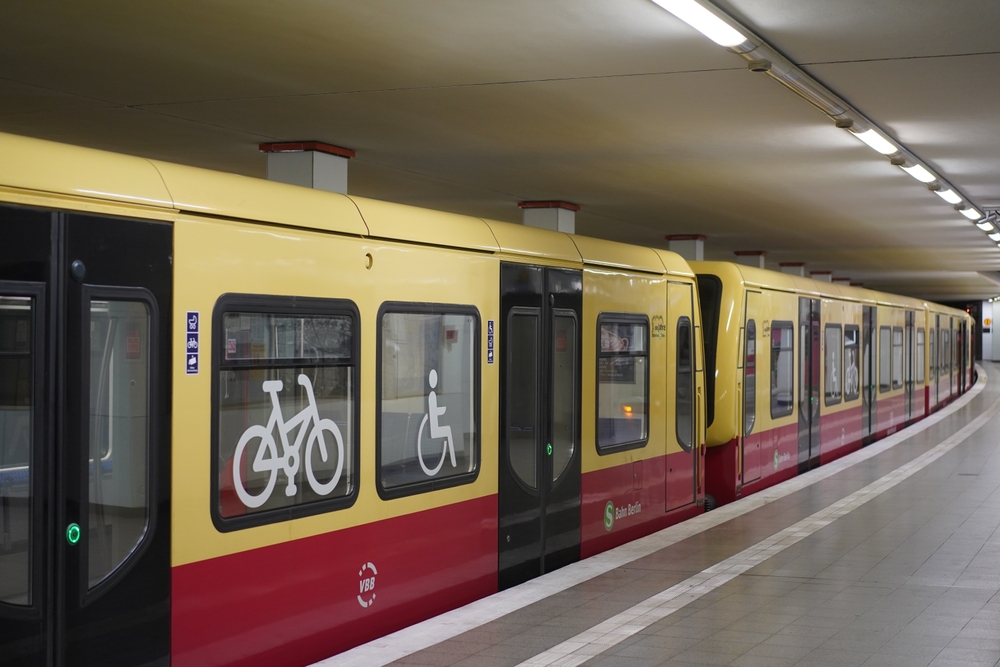
I’ve often noticed that whenever a destination truly values accessibility, everyone benefits. I’ve seen wide walkways, ramps that blend seamlessly into architecture, and staff who genuinely care about meeting diverse needs. It’s not just about checking a box—it’s about opening up a shared, exciting world for all.
Studies show that accessible tourism can boost local economies and foster stronger community bonds. In fact, a recent report highlighted that more inclusive travel spots often see increased bookings and better testimonials, proving that accessibility matters. It’s encouraging to see destinations stepping up, whether they’re famous cities or smaller towns with a passion for making every visitor feel welcome.
Build Your Own Trip
Planning can be half the fun—especially if you’ve got resources that help you find accessible routes, unique local activities, and the perfect place to stay. I personally like browsing blogs such as Seven Corners for helpful tips and Wheel the World for in-depth accessibility insights.
I’ve also found that online forums and social media groups are a goldmine of real-life advice. When I chat with people who’ve already explored a destination using a wheelchair or mobility aid, I learn the little things that guidebooks miss—like which beaches have special wheelchairs or which museums have the friendliest staff. That personal touch can make or break a trip.
Key Takeaways
- Look for transparency: Properties and tour operators that openly list their accessible features are usually more reliable.
- Use reputable resources: Sites like Disabled Accessible Travel give country-specific details that help narrow down your planning.
- Stay curious: Keep exploring new spots, because more destinations are adding inclusive amenities all the time.
Final Thoughts
I believe travel should unite people, not exclude them. Every time I explore a place that goes the extra mile for accessibility, I can’t help but feel a spark of joy. There’s nothing like sharing those memorable moments with fellow travelers who discover that, yes, the world can be inclusive—and it’s a better place for it.